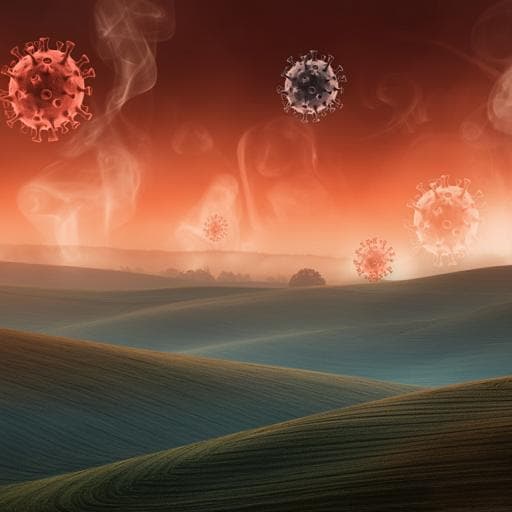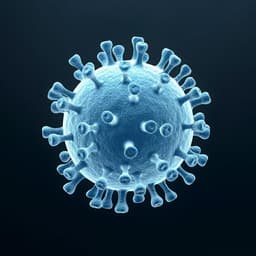
Environmental Studies and Forestry
SARS-CoV-2 test positivity rate in Reno, Nevada: association with PM2.5 during the 2020 wildfire smoke events in the western United States
D. Kiser, G. Elhanan, et al.
This groundbreaking study by Daniel Kiser, Gai Elhanan, William J. Metcalf, Brendan Schnieder, and Joseph J. Grzymski reveals a surprising link between wildfire smoke and rising COVID-19 infection rates in Reno, Nevada. The research indicates that increased PM2.5 levels during the 2020 wildfires significantly exacerbated the pandemic, urging vital public health preparedness in vulnerable regions.
~3 min • Beginner • English
Related Publications
Explore these studies to deepen your understanding of the subject.







